Horizontal lathes have a main spindle that orients spinning workpieces horizontally as a static tool moves down the length of the workpiece to shape the part. These were the world’s first machine tools. Vertical turret lathes (VTLs) have main spindles that are oriented vertically. VTLs in which the spindle faces upward are often used for large, heavy workpieces as they use gravity to their advantage in clamping parts during turning operations. VTLs in which the main spindle faces downward offer the advantage of using the main spindle as a part pickup device, essentially serving as its own robotic part loader. Both horizontal lathes and VTLs are often available with live-tooling spindles to perform operations such as milling and cross drilling in an attempt to machine parts complete in one setup.
Video: Why a Production Machine Shop Started a Baseball Bat Company
A 153-year-old manufacturer of precision, metal pins recently started a side business creating custom wooden baseball bats. The reasoning behind establishing this new company is intriguing, as is how it has helped create a stronger bond with the local community.
Horizontal & Vertical Lathes: Essential Reading
How to Get More Efficient Production from Swiss-Type and Multitasking Machines
SolidCAM for multi-axis Swiss type and multitasking machines provides a very efficient CAM programming process, generating optimal and safe Mill-Turn programs, with dramatically improved milling tool life.
Programming Upside Down Lathes
This article shares how advances in programming and sensing technologies have made the use of the inverted vertical tuning center even more productive, efficient and reliable for untended or lightly tended operation.
Programming Self-Loading Vertical Turning Centers
This article looks at some programming considerations for a self-loading VTC to help get the most efficient production from these machine tools.
Moving Vertical Turning Up
There is always room for improvement, and transitioning from vertical turning to inverted vertical turning can be one way to improve your shop’s efficiency. The benefits of inverted vertical turning include a smaller machine footprint relative to horizontal turning centers of similar capacity; multitasking capabilities; and maybe the biggest benefit—chips fall away from the spindle into a conveyor in the machine base and out of the workzone.
Hard Turning with Inverted Vertical Turning Centers
When it comes to the machining of hardened surfaces, hard turning is a particularly efficient solution that, compared with grinding, offers a radical reduction of machining times and investment costs.

FAQ: Horizontal & Vertical Lathes
What is a horizontal lathe?
Horizontal lathes have a main spindle that orients spinning workpieces horizontally as a static tool moves down the length of the workpiece to shape the part. These were the world’s first machine tools.
What is a vertical lathe?
Vertical turret lathes (VTLs) have main spindles that are oriented vertically. VTLs in which the spindle faces upward are often used for large, heavy workpieces as they use gravity to their advantage in clamping parts during turning operations.
What does a lathe do?
Lathes are commonly used to reduce the diameter of a workpiece to a specific dimension, producing a smooth surface finish. Basically, the cutting tool approaches the rotating workpiece until it begins peeling away the surface as it moves linearly across the side (if the part is a shaft) or across the face (if the part is drum-shaped).
Source: Buying a Lathe: The Basics




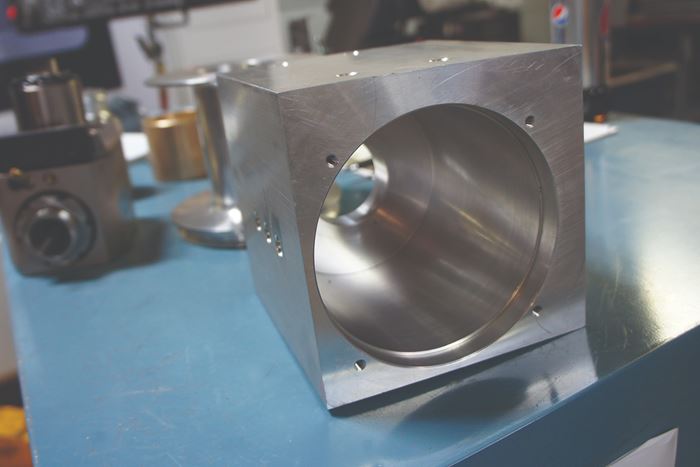

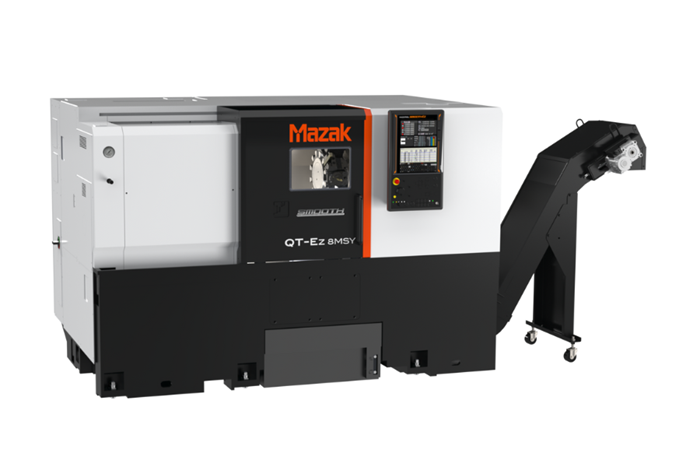

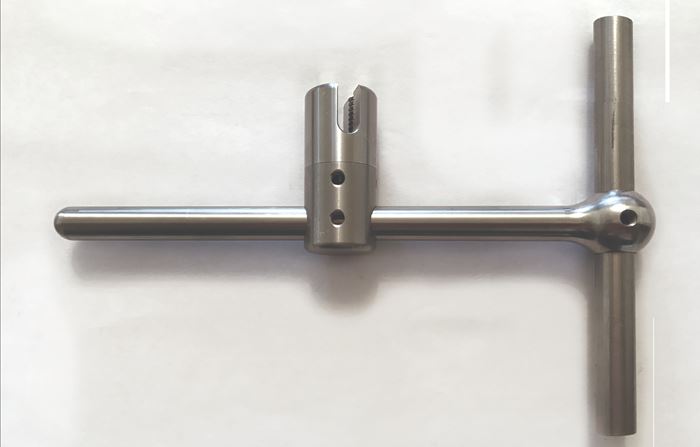

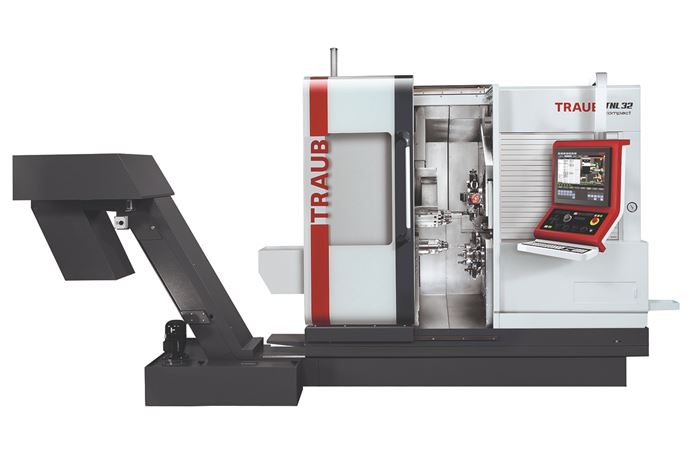

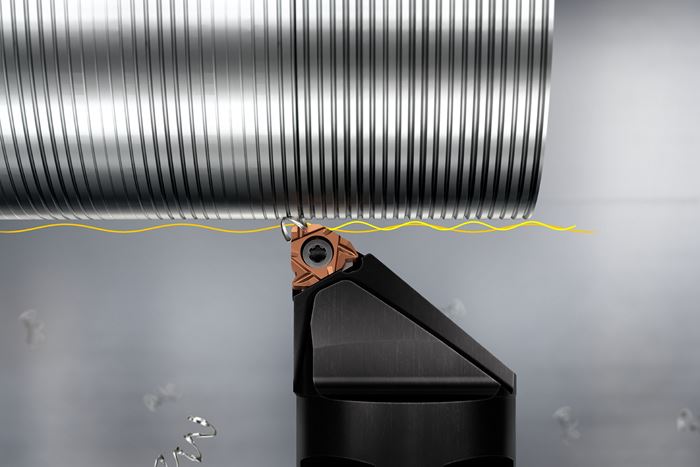
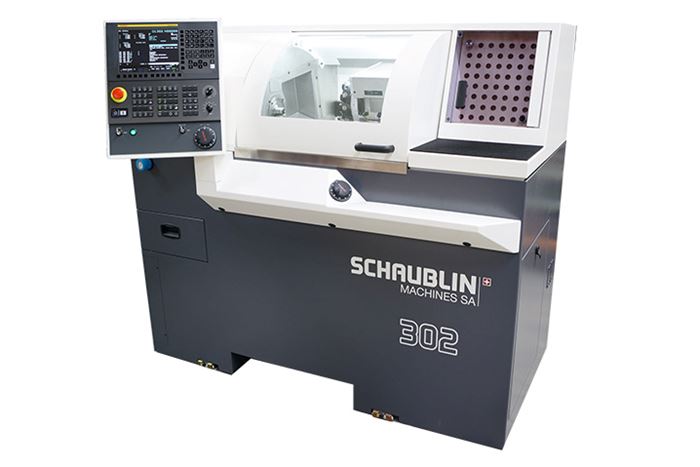
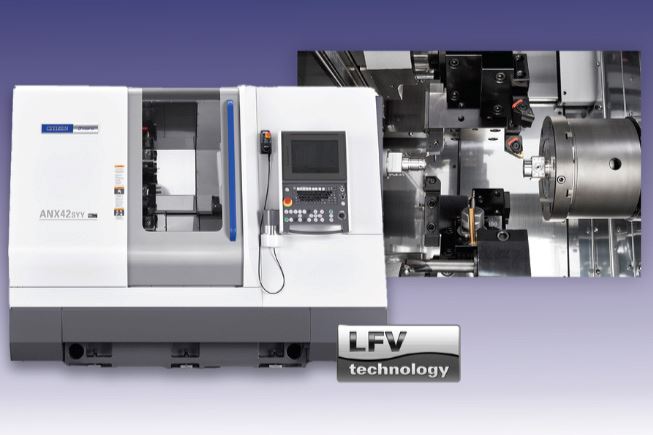
.jpg;maxWidth=970;quality=90)

